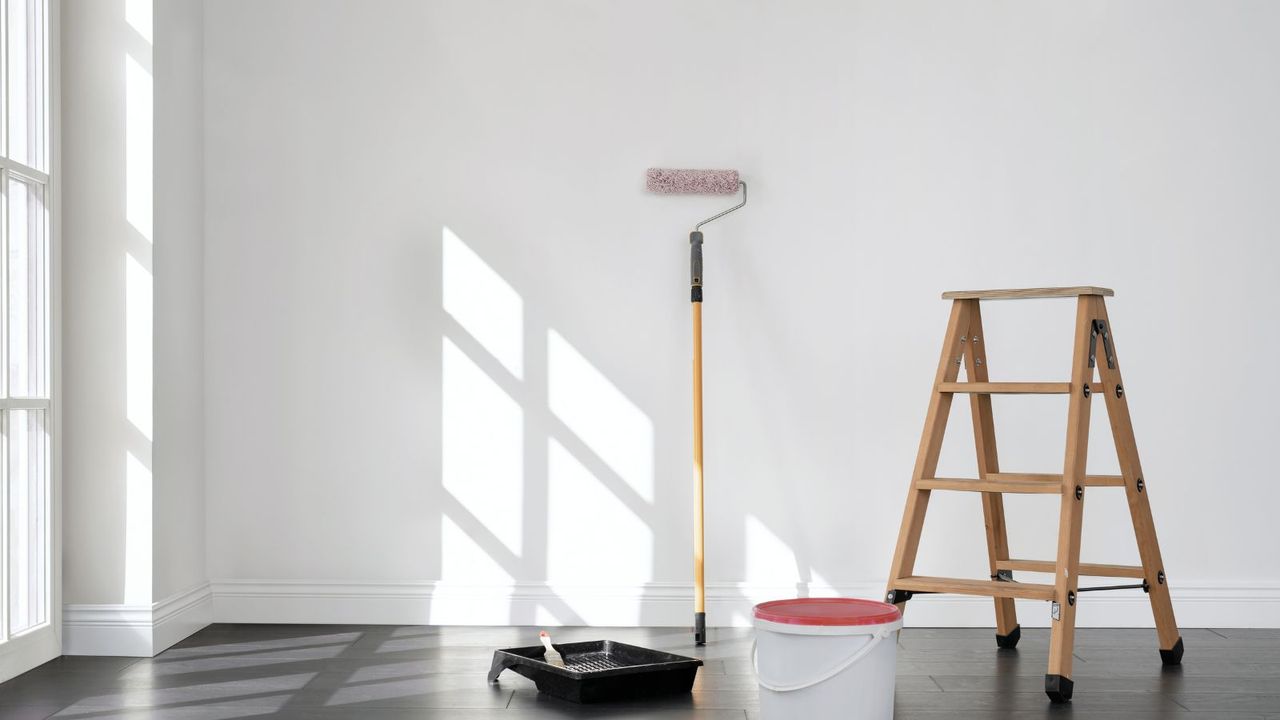It may seem simple to paint a room, or even an entire building, but it requires the right technique, materials, and preparation. Knowing the best practices will save you money, time and effort whether you are a DIYer or hiring a pro. Here are some top tips from professional painters to help you achieve the best results.
1. Always Prepare the Surface Properly.
Surface preparation is one of the most important steps in painting. Painters stress that even the best paint cannot cover a badly prepared surface. Be sure to thoroughly clean the walls to remove all dust, grease and dirt before painting. Filler or putty can be used to fill in cracks, holes or uneven patches. Sanding the wall surface will help create a stronger bond between paint and the wall. This will result in a more smooth, even finish. Properly prepping the surface will ensure that paint adheres and lasts for longer.
2. Paint and Tools of High-quality are Worth the Investment.
Professionals agree that higher-quality paints and brushes make a difference. Many homeowners attempt to save money by buying cheaper products, but they are often disappointed. Paints of lower quality may need multiple coats in order to cover the surface, while paints of higher quality have better durability and color retention. Good-quality rollers and brushes ensure a smoother, more even application. A brush of professional grade holds more paint and provides better control. It also allows for precise edge.
3. Primer is Useful when Needed.
Skipping the primer is a common DIY painting mistake. Professionals stress the importance of primer, especially when covering stains or painting over dark colors. Primer creates a uniform surface for paint and helps it adhere. It also enhances the color. Although some paints have primers built in, it is recommended to use a separate primer if the surface is porous, or heavily stained.
4. Remember to Tape the Edges and Trim.
A room can look much better with clean, sharp lines. Professional experienced painters in Christchurch suggest using high-quality tape to mask trim, windows and ceilings. Be sure to firmly press the tape down in order to prevent paint bleeding underneath. Remove the tape at a 45 degree angle once the paint has dried to create a professional edge.
5. Use the Right Painting Techniques.
The final result is affected by how you apply the paint. When rolling paint on a wall, experts suggest using the “W” or “M’ technique. This technique helps to evenly distribute paint and eliminates roller marks. Always paint with a long, smooth stroke when using a brush to avoid visible brushmarks. Avoid overloading your roller or brush with paint as this will cause drips and uneven application.
6. Keep the Edge Wet to Avoid Streaks.
Maintaining a wet paint edge is one of the secrets of professionals. It means that each stroke should be connected to the one before. When sections dry too fast, visible marks such as lap marks and uneven patches can be left. Work in small sections to avoid this. Also, keep moving along the wall. You can ask another person to help you maintain a constant workflow if necessary.
7. Take into Consideration the Weather conditions.
Temperature and humidity have a significant impact on how paint dries. Painters are advised to avoid painting on days that are extremely hot, humid, or cold. This can cause problems such as uneven drying, blistering or poor adhesion. Paint when temperatures are between 10degC to 30degC. (50degF to 85degF). Avoid painting under direct sunlight and during times of high humidity. Proper ventilation will also help the paint to dry evenly and reduce strong odors.
8. Allocate Adequate Drying Times Between Coats.
Applying a second paint coat too quickly can cause streaks, smudges or peeling. Professionals suggest waiting until the paint has dried for the specified minimum time before applying a second coat. When using latex, it is common to wait four to six hour between coats, while oil-based painters may need up 24 hours. The right drying time is essential for a durable, smooth finish that will not easily peel or chip.
Final Thoughts
Preparation, using the right tools and paying attention to details are key factors in achieving a professional paint job. Follow these tips to achieve a perfect finish and enhance the beauty of your paintwork. No matter if you are painting a single room or a whole house, spending the time necessary to get it done right will make a huge difference.

